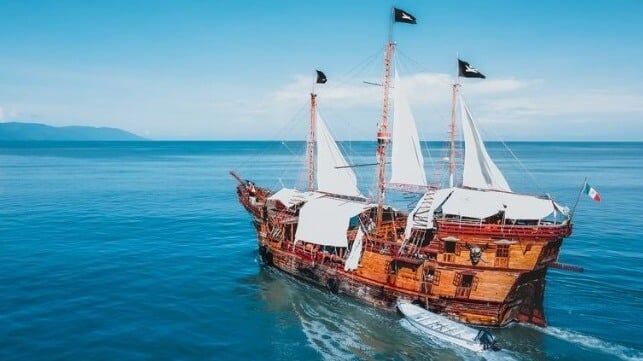18 oil tankers and 4 LNG tankers added to sanctions list
Aims to undermine Russian war chest and reduce pollution risks
Questions over effectiveness of Western sanctions enforcement
The UK government said Oct. 17 it has blacklisted 22 oil and LNG tankers involved in Russian energy trade, in its “largest package of sanctions to date” against shadow tankers.
The ships include 18 oil tankers totaling 2.2 million dwt that have lifted up to 62.9 million barrels of Russian crude and fuel oil so far this year, according to an analysis of the UK’s ship list based on S&P Global Commodities at Sea data, with over half of the oil ending up in India.
Those vessels transported an estimated $4.9 billion worth of oil over the past year, the UK government said.
Four LNG tankers with a total carrying capacity of 551,000 cu m and Russian gas company Rusgazdobycha were also put on the sanctions list.
Six oil tankers and one LNG tanker sanctioned in the action are owned by Russian state-owned Sovcomflot, which has been blacklisted itself by Western authorities.
“The UK is leading the charge against [Russia President] Putin’s desperate and dangerous attempts to cling on to his energy revenues, with his shadow fleet placing coastlines across Europe and the world in jeopardy,” foreign minister David Lammy said in a statement.
The action comes after media reports that UK-linked businesses were assisting Russia in assembling a sizable shadow fleet to transport sanctioned energy products and suggesting that the UK’s enforcement was lacking.
Earlier this month, the UK’s finance ministry confirmed the government had 37 open investigations of suspected breaches of sanctions against the Russian oil industry.
The UK, a G7 member, has blacklisted tanker managers and operators, ships themselves, and Russian insurer Ingosstrakh for alleged breach of sanctions since late last year. The total number of sanctioned oil tankers has reached 43.
Enforcement issues
To undermine Russia’s war chest against Ukraine, the G7 and EU established price caps on Russian crude and petroleum products and banned maritime services providers from facilitating their trades unless the barrels are sold below those thresholds.
The 19.8 million metric ton/year Arctic LNG 2 project is also sanctioned.
But industry participants said Russia has amassed a large tanker fleet to transport oil in circumvention of Western measures, while starting to do something similar on the gas side.
The shadow fleet tends to comprise older ships that are less well maintained and insured, posing safety risks to the wider maritime trade. But Western governments have struggled to effectively enforce the measures they have introduced as some major buyers of Russian energy, such as China, refuse to toe the line.
Tankers sanctioned by the UK are not allowed to enter the country’s ports or access maritime services provided by British companies, which hold the top market share in marine insurance markets.
But none of the 22 ships are known to be insured by Western protection and indemnity clubs, according to figures from S&P Global Maritime Intelligence Risk Suite and the International Group of P&I Clubs.
Data from S&P Global Commodities at Sea and Maritime Intelligence Risk Suite suggested 83.8% of Russia’s seaborne crude exports last month were lifted by tankers not flagged, owned or operated by companies based in the G7, the EU, Australia, Switzerland or Norway, and not insured by Western P&I clubs, the highest since the crude price cap came into force in December 2022.









